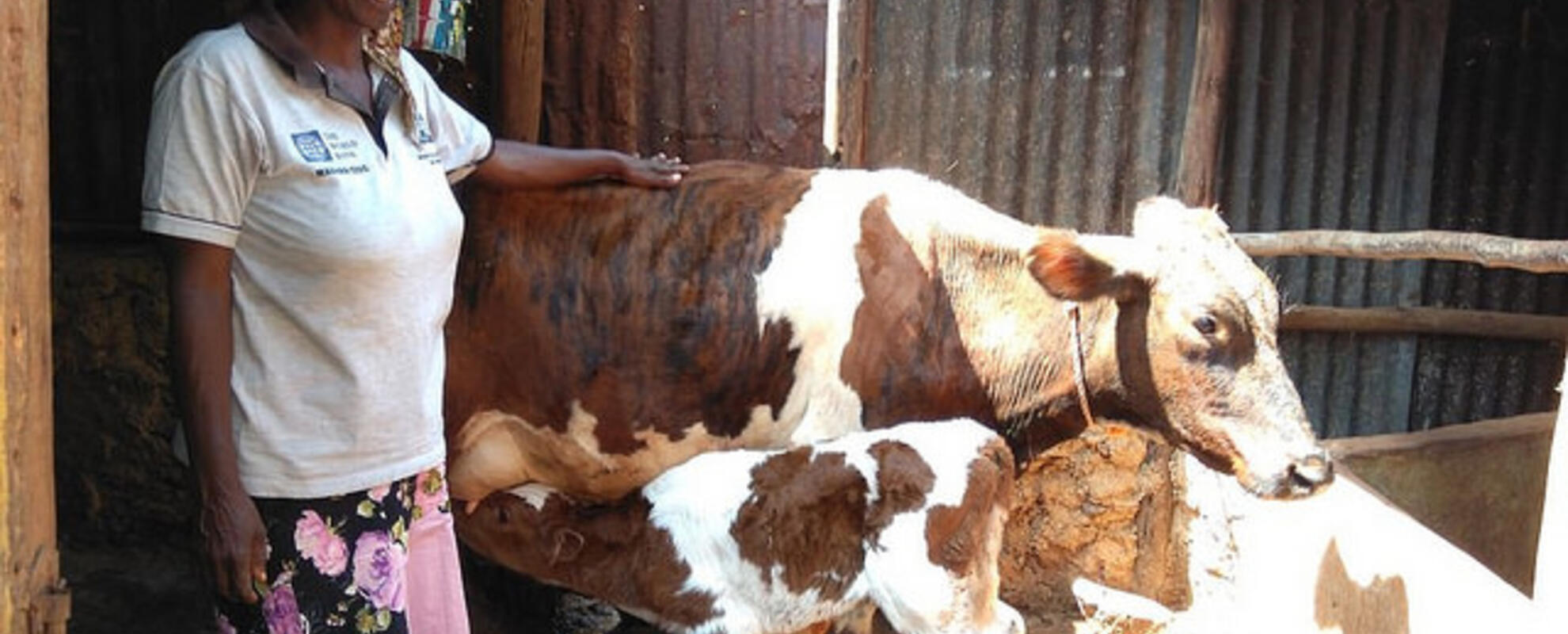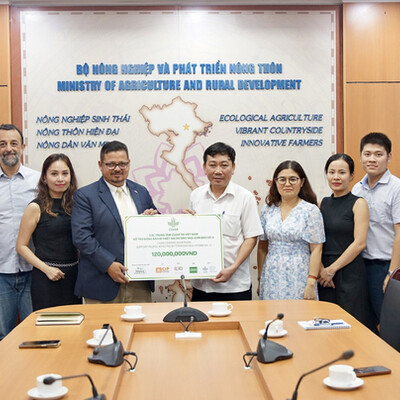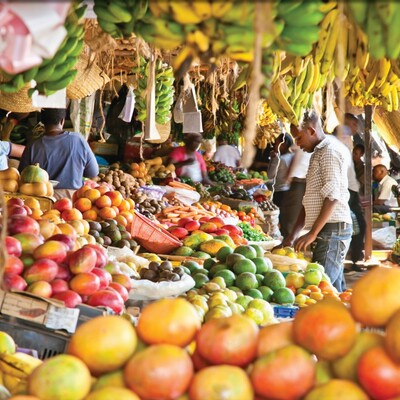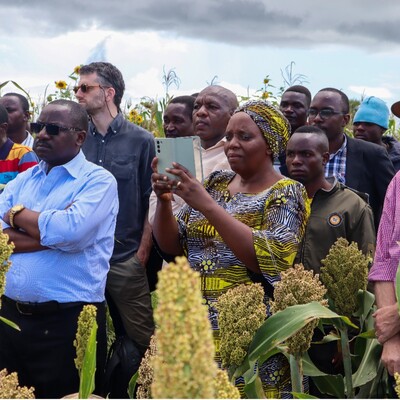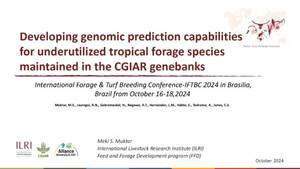
Achieving gender-equitable outcomes in low emissions development initiatives in the Kenyan dairy sector
ILRI policies, instititions and livelihoods program
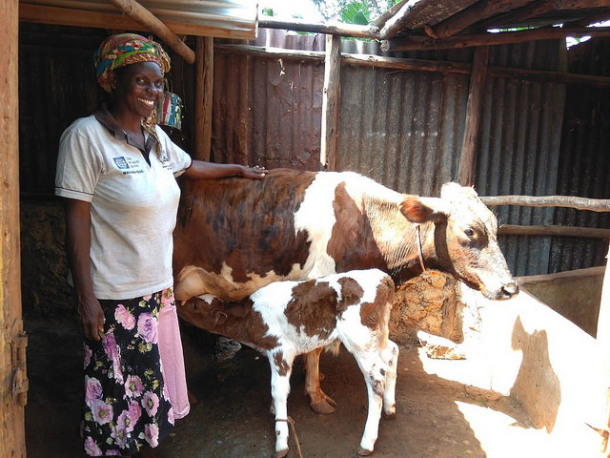 Niller Musinya of Vihiga County happily showing her improved calf born from fixed-time artificial insemination (photo credit: AVCD/ FIPS R. Jumah).
Niller Musinya of Vihiga County happily showing her improved calf born from fixed-time artificial insemination (photo credit: AVCD/ FIPS R. Jumah).Stakeholder interest in reducing greenhouse gas (GHG) emissions intensities from livestock production has continued to gain momentum globally. This is driven by the fact that livestock production, particularly of ruminant animals, generates significant amounts of GHGs – about 40% of the total emissions from agriculture. As a result, increased efforts have been employed through research in a bid to find ways to reduce GHG emissions through investments in low emission development (LED) initiatives. In Kenya, livestock production is a significant sector, contributing largely towards supplying household food and income. Agriculture is also key to the Kenyan economy, contributing 26% to the Gross Domestic Product (GDP) and 40% of employment creation to the total population and another 70% to rural livelihoods. The International Livestock Research Institute (ILRI) is a key…
View original post 887 more words





